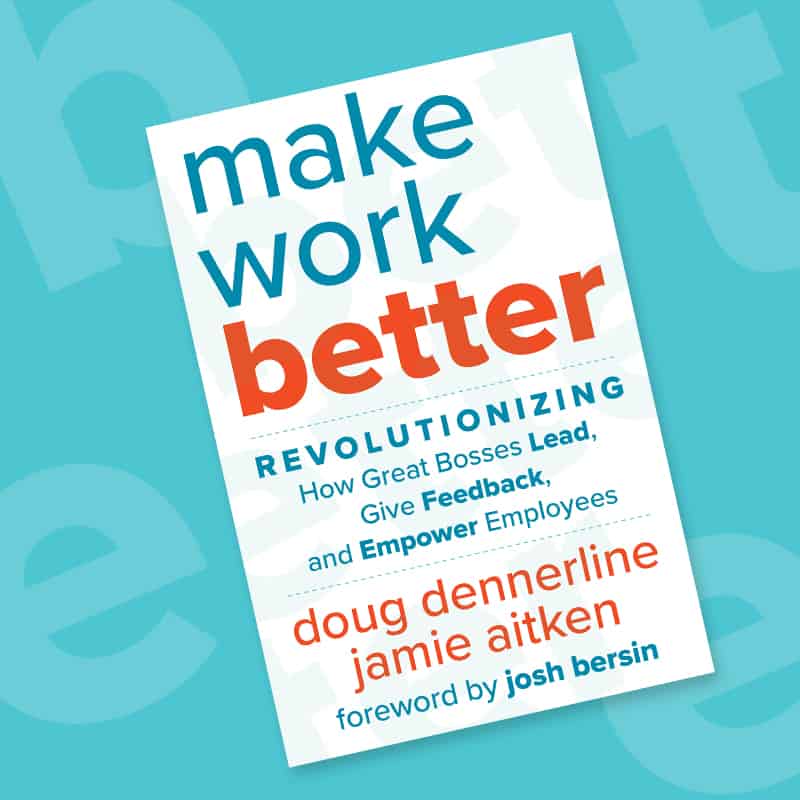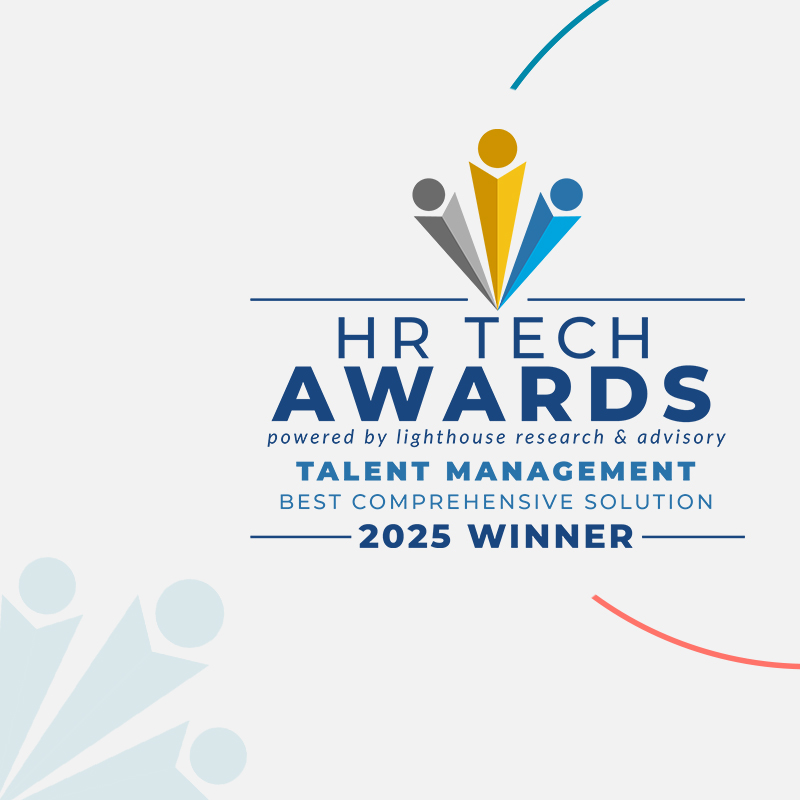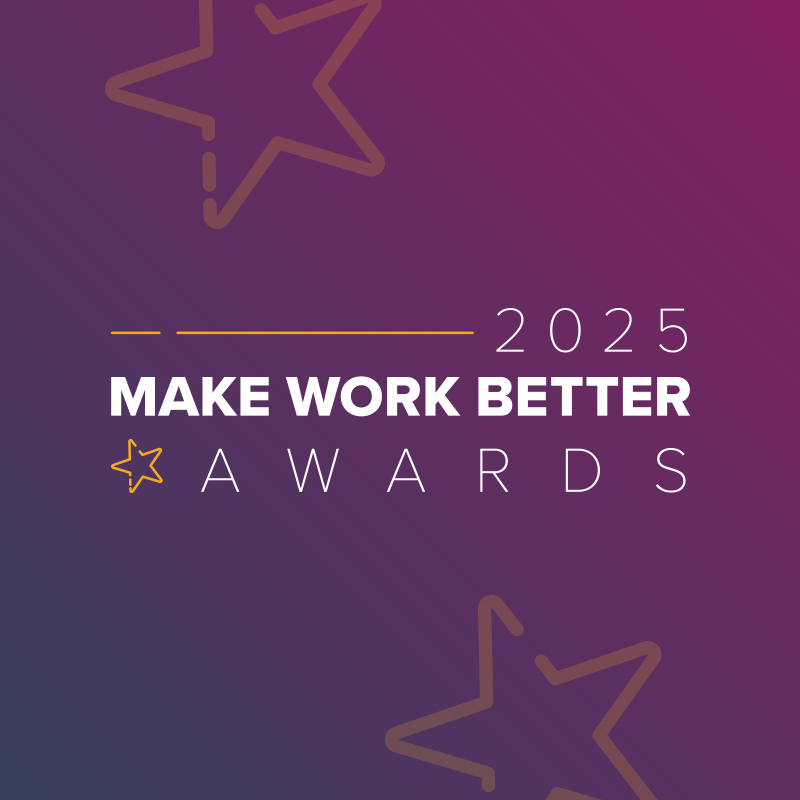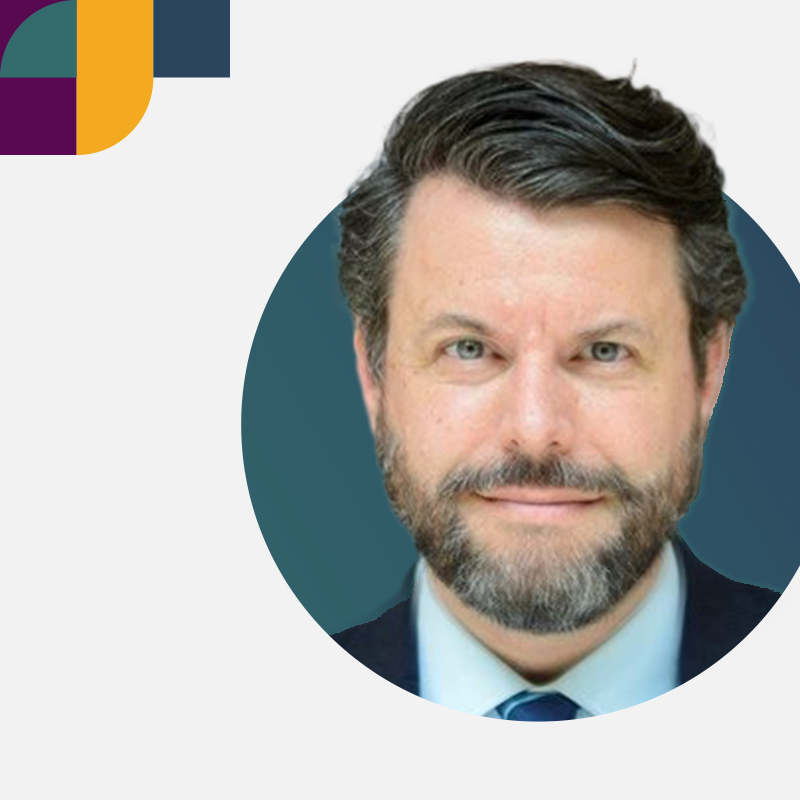Editor’s note: Make Work Better: How Great Bosses Lead, Give Feedback, and Empower Employees, co-authored by Betterworks CEO Doug Dennerline and Betterworks VP of HR Transformation, Jamie Aitken, releases today.
What comes to your mind when you think of the word “borders?” Probably not the powerhouse bookshop — yes, an actual bookshop, not your computer — that was the place to go for books in the 1990s and early 2000s. At its zenith in 2003, Borders had over 1,200 stores operating under the Borders and Waldenbooks brands. Three short years later was the last time it was profitable. By early 2011, Borders had filed for bankruptcy.
What does this have to do with performance management?
It’s a cautionary tale. Perhaps a wake-up call. Borders failed to reinvent itself for the Internet. Preoccupied with mismanagement issues and lacking the foresight to understand how the world was fundamentally changing, Borders was too late to react to the shift to online shopping. Amazon ate it for lunch.
Similarly, many organizations are failing or lagging in efforts to rethink the way they do performance management. A Luddite is someone who resists change, often new technology. But it has a broader meaning: It is the concept of taking a mindless approach toward keeping current technology without change. And this, unfortunately, perfectly describes the approach to performance management that so many companies take today — even those who have tried to make some changes at the edges.
“Whether we’re aware of it or not,” say Doug Dennerline and Jamie Aitken, authors of the just-released book, Make Work Better: How Great Bosses Lead, Give Feedback, and Empower Employees, “the change we’re undergoing will be just as disruptive as Amazon was to millions of businesses worldwide. If we don’t reinvent the processes around how we manage people, the same thing that happened to Borders can happen to companies all around the world.”
Doug, the CEO of Betterworks, and Jamie, the VP of HR transformation, know a thing or two about how to lead organizations successfully through change. Together, they wrote the book as a practical guide with plenty of real-world success stories of modern performance management — what Betterworks calls “performance enablement” — to serve as that wake-up call.
The book is available on Amazon (of course), Barnes & Noble, Bam! Books-a-Million, Indie Bound, Porchlight, and bookshop.org.
The change we’re undergoing will be just as disruptive as Amazon was to millions of businesses worldwide. If we don’t reinvent the processes around how we manage people, the same thing that happened to Borders can happen to companies all around the world.
— Excerpt, Make Work Better
Change or perish
How people work, think about work, and expect from work has not only changed, but that change has accelerated, partly due to the pandemic. Employees want convenience, a lack of friction in getting work done, flexibility, a sense of belonging, and to be trusted, valued, and appreciated. Work is no longer viewed as a contract but as a relationship. Truthfully, it has always been a relationship, albeit often a poorly functioning one. The Great Resignation, quiet quitting, and low levels of engagement are simply the rotten fruits of an approach that has long suffered dysfunction.

The difference now: After a time of global cathartic change and in an era of talent scarcity, employees are saying “no more” en masse. Like the fictional character Howard Beale in the movie Network, they’re saying, “I’m as mad as hell and I’m not going to take this anymore!” What’s more, a new generation of workers, Gen Z, does not view work the same way other generations preceding them.
What’s the problem with traditional performance management?
Traditional performance management with the foundation of an annual performance review was the brainchild of the U.S. War Department after World War I. Its goal was to measure officer efficiency and rank people to decrease the number of promotions. Many officers performed well — too many, apparently. The government decided there needed to be a “distribution” method, which essentially amounted to ranking officers and denying many the recognition and advancement they deserved.
It has morphed over the years, most famously by former GE honcho Jack Welsh, who celebrated the annual performance review and subsequent ranking system that awarded top performers. While performance management has taken a softer turn more recently, it still marches in step with its founding principles. It is also backward-looking by nature and compliance-driven by necessity.
“Traditional performance management rewards the top 20% of the workforce, dispels the 10% who are considered low performers, and forgets about the other 70% of employees, whose contributions are important to the organization,” Doug says. “Worst of all, it doesn’t improve performance.”

Betterworks 2023 State of Performance Enablement report, a global survey of over 2,000 employees globally, revealed that 64% see the performance review process as a waste of time, and 37% give it a failing grade. The report also showed that trust in HR, organization leadership, and managers drops dramatically by 2x-4x when employees view performance management as a failure.
Imagine where we might be today if the War Department had taken a different approach a century ago and decided it would be better to enable even higher efficiency, more innovation, and productivity and help its officers continue to excel every day.
“Traditional performance management rewards the top 20% of the workforce, dispels the 10% who are considered low performers, and forgets about the other 70% of employees, whose contributions are important to the organization. Worst of all, it doesn’t improve performance.”
— Doug Dennerline
What is performance enablement?
People don’t want to have their performance managed — and many don’t need it. They want to be enabled.
A modern performance enablement solution is “one that moves away from the outdated concepts of hierarchy and control, instead adopting a framework that places employees’ needs at the center. It gives employees the opportunity to create meaningful developmental goals that align with their company’s strategic goals and equips managers to frequently coach and enable employees — rather than dictate and evaluate,” Doug and Jamie explain in the book.
It is forward-looking, timely, continual, and a surprisingly light lift for employees and managers. It also gives managers the tools and resources to properly coach employees for performance and career development. This, in turn, instills confidence in employees and leads to greater discretionary effort and better overall well-being.
“Performance enablement is a virtuous cycle of better business results and employees who are more satisfied, productive, and engaged,” Jamie says.

Why performance enablement now?
Agility and the ability to continually innovate are vital to thriving in the constant state of flux that every organization now experiences. And it’s true today more than ever, especially with the widespread adoption of generative AI and the blindingly fast changes it is unleashing.
“Performance enablement is a virtuous cycle of better business results and employees who are more satisfied, productive, and engaged.”
— Jamie Aitken, VP of HR Transformation, Betterworks
Survival will depend on cultivating an engaged, committed workforce that can see and pivot instantaneously to new opportunities. This requires multiple components that work like a system of interconnecting, well-greased gears turning in sync.
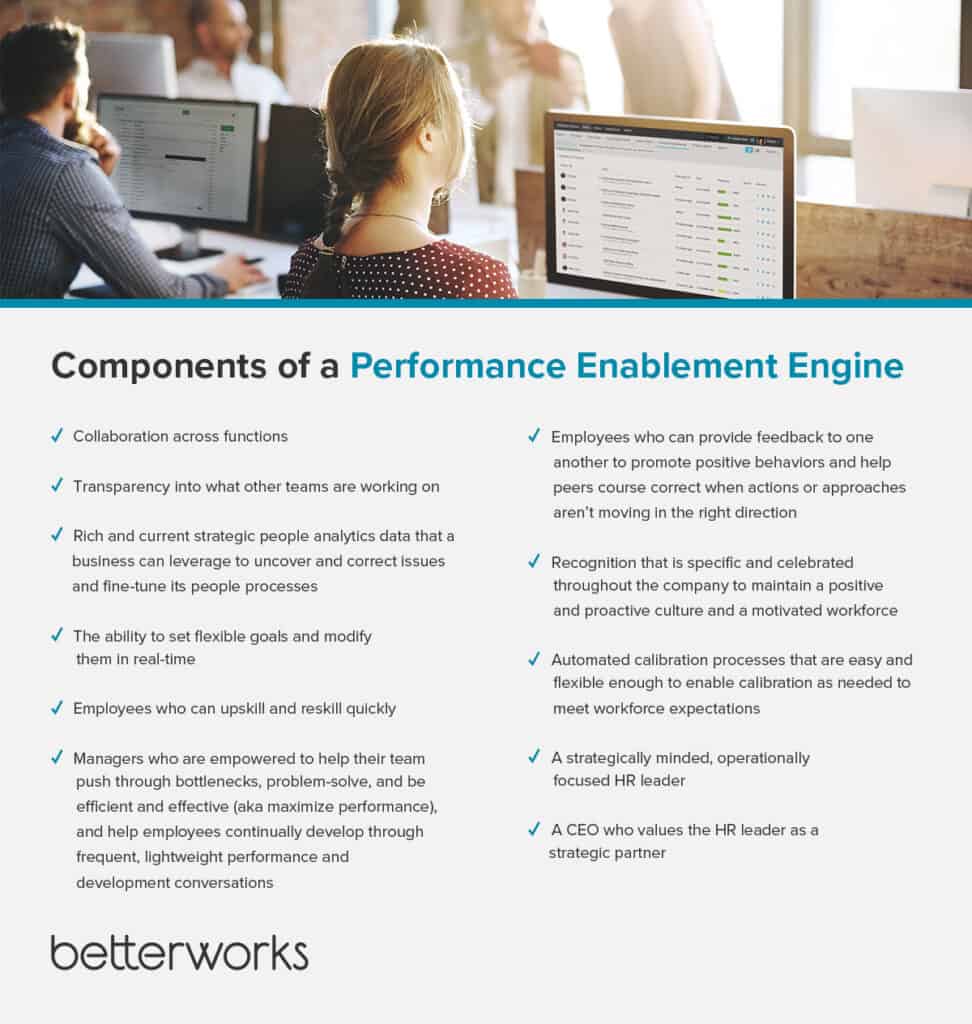
You don’t want to introduce “contaminants” that gum up the gears, such as confusion over goals and how to measure success or the inability to see where the organization is headed. Other factors that cause damage to the gears include:
- Employee turnover
- Toxic work cultures where employees experience a lack of fairness, care, and inclusion
- Bias, whether unintentional or structural (such as with traditional performance management)
- Stress and burnout
- Focusing on tactical initiatives rather than being guided by a strategy (i.e., long-term goals and a plan to achieve them)
Achieving the performance enablement mindset
Changing from a closed and opaque system (traditional performance management) to an open process with frequent communication, transparency, and accountability (performance enablement) can be challenging for some employees.
“Let’s face it, change is hard,” Doug says.
People can be resistant, but when employees and managers understand the benefits and experience the impact, and have the choice to opt-in, they’re far more likely to want to participate. There are also many ways, including gamification, to teach, promote, and instill the behaviors that make a performance enablement transformation successful.
When employees and managers are brought into the design process as stakeholders, communications are clear, and transformation has strong support from leadership, organizations are well on their way to success. A partner with expertise in change management and who works with its customers to help them optimize their performance enablement processes is as essential to the success of the transformation as the technology itself.
Before any of this can happen, however, the CEO and CHRO need to have the right mindset.
CEOs and CHROs are a team
Transforming the way people work requires the CEO and CHRO to work together as equal partners. Remaining competitive is about having the right people with the right skills at the right time.
“The only way to remain competitive is to have a CHRO beside you who can help you empower your company’s most important resource — people,” Doug says. “The right leader in an organization can give you the competitive edge you need and can be a game-changer.”

The best CHROs establish a true partnership with their CEOs and everyone on the board. They also keep an ear to the ground to understand what’s happening in all parts of the business so they can enlighten the CEO about human-centered issues.
“Great CHROs will constantly ask questions and challenge assumptions,” Jamie says. “They are not afraid to challenge the CEO when needed and will hold up a mirror to remind him or her of what the goals are.”

A changing world demands reimagining work
The disruptive pace of change has left many companies “navigating without a road map.” The realities of these dynamic times, say Doug and Jamie, require a “radical reimagining of work.” Your employees are your most important asset. And as leaders, you have the power to make work better — to transform the experience of work for employees and drive business results.
Interested in learning more? Find out more about the Make Work Better book and join other leaders as part of the Make Work Better community.
It’s Time for Transformation
